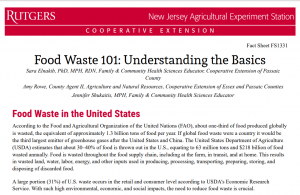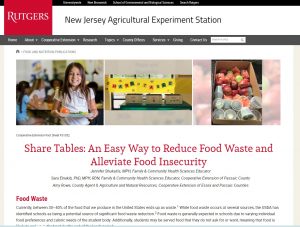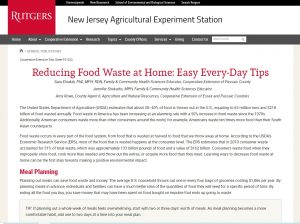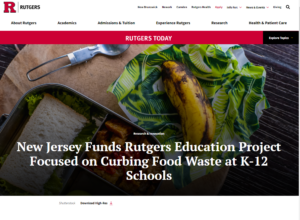Homepage
The FDA estimates that about 30-40% of the food supply in the United States is thrown away as food waste. Food waste is the single largest contributor to municipal landfills, as about 133 billion pounds of food is wasted each year.[1]
Why does this matter?
- It is hurting our environment!
- When food goes to landfills, it emits a powerful greenhouse gas called methane which is harmful to our environment and has doubled in concentration over the last two centuries. Methane traps heat in the atmosphere and contributes to global warming. Because methane is short-lived, reducing methane emissions should be prioritized as it would have a significant impact on atmospheric warming potential.[2]
- Many people do not have enough to eat!
- In 2018, the FDA estimated that about 37.2 million Americans, including 11.2 million children, were living in food insecure households. This means that they do not have access to adequate nutritious food. The issue of food insecurity is persistent although 31 percent of the available food supply goes uneaten.[1] Redistributing food that would have otherwise contributed to food waste, to those who need it could help reduce food insecurity.
- It is a waste of resources!
- Food is wasted throughout the food supply chain, including at the farm, in transit, and at home. This results in wasted land, water, labor, energy, and other inputs used in producing, processing, transporting, preparing, storing, and disposing of discarded food.[3] In 2010, it was estimated that food loss and waste at the retail and consumer levels equaled around $162 billion.[4]
Learn more by clicking the images below:



